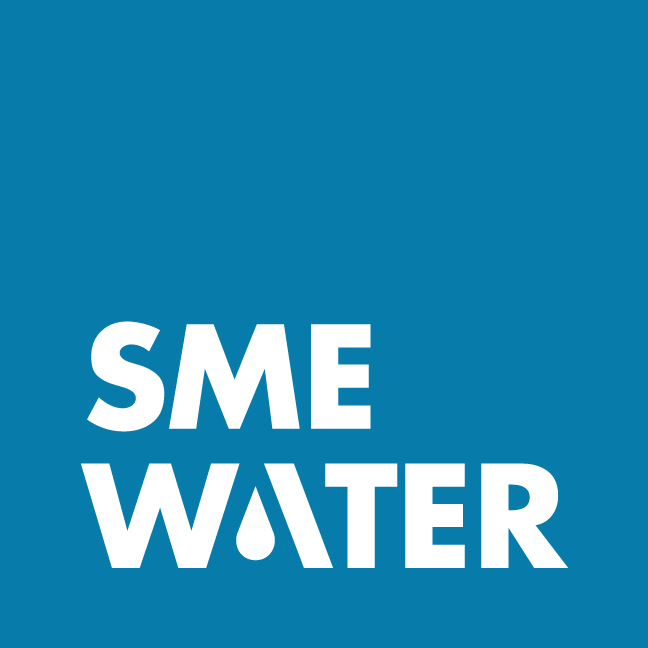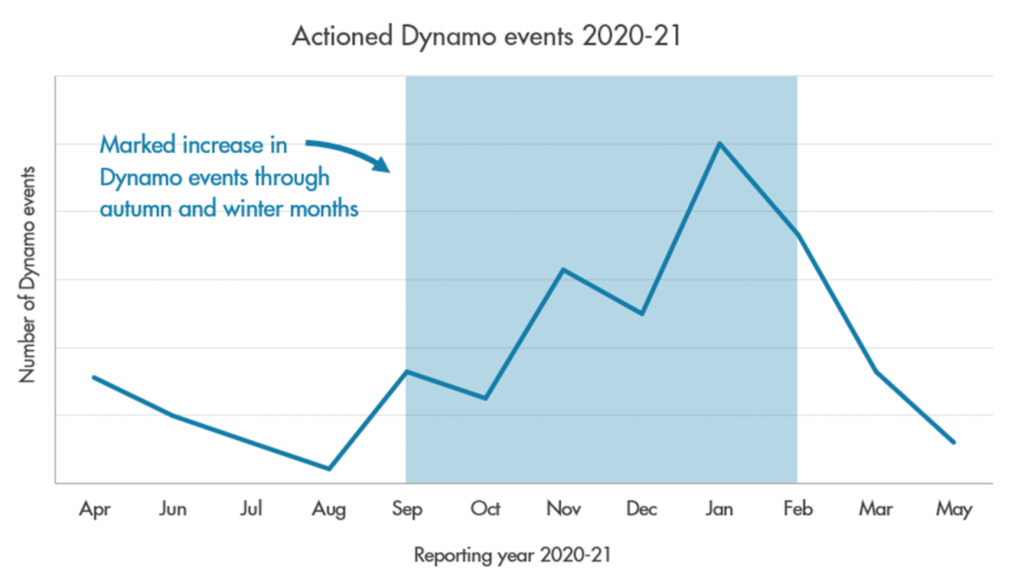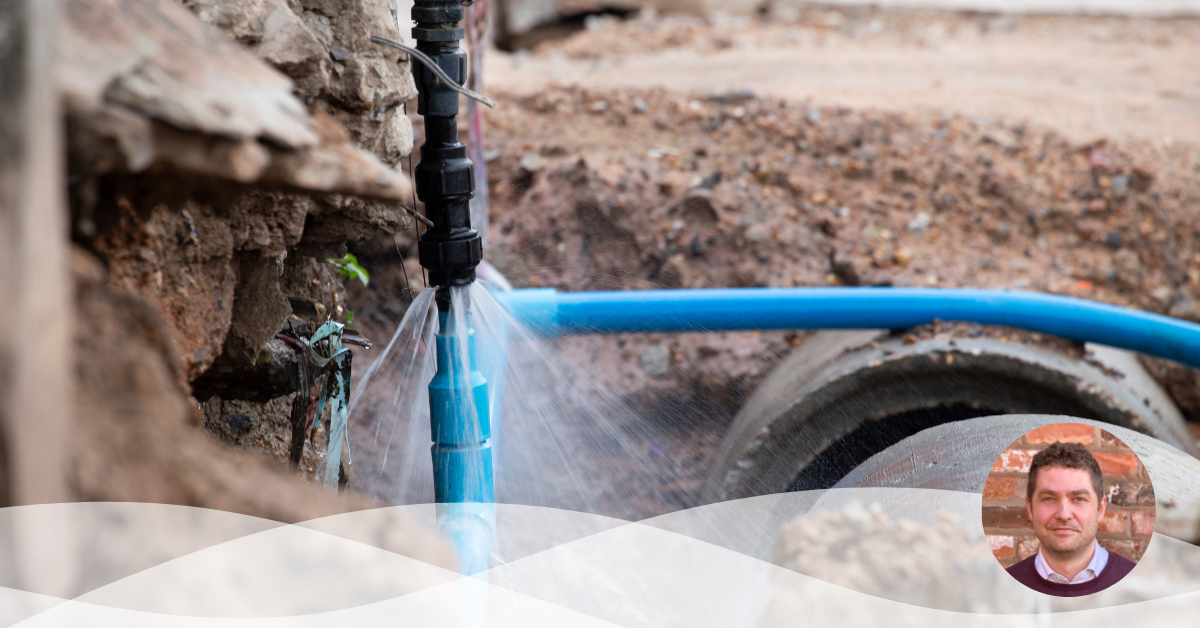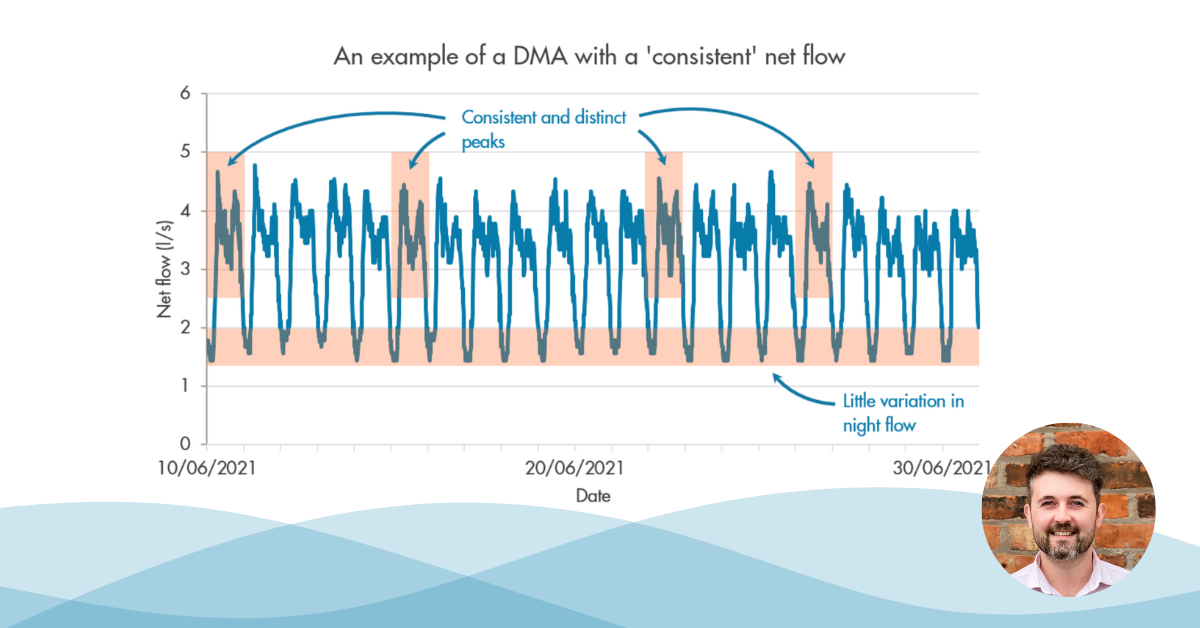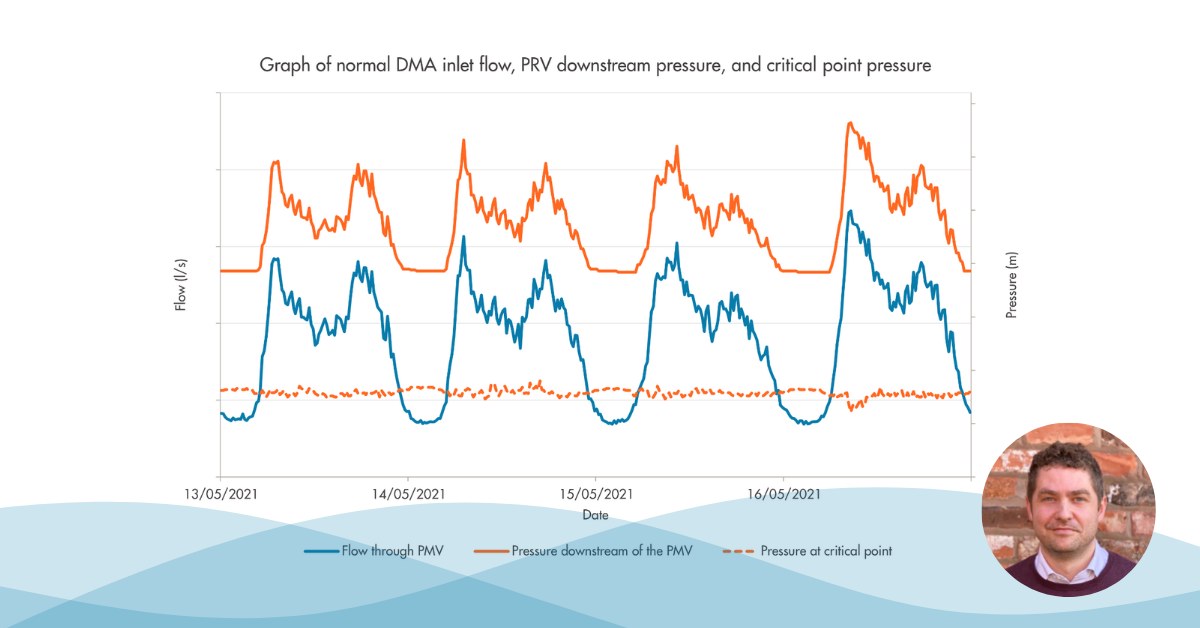Despite a relatively mild autumn, we have already seen some snow and frost across most of the country and with more wintery days and nights likely on the way, I’m sure most of you have been getting your homes winter ready. There are several ways to help protect your water supply from any nasty surprises during colder weather, including cladding your pipes to protect them from freezing (and bursting), covering outside taps, and checking that your stop tap is in working order in case you do have a burst.
Freezing temperatures don’t just affect pipes above ground, and here at SME Water, we have been busy over the last few months preparing for winter and the inevitable increase in leakage events across our clients’ networks. In this blog, we highlight the key activities undertaken to ensure that Dynamo, our event recognition platform, will be in the best possible position to detect and localise leaks throughout the winter months and into 2022.
Logger maintenance
Key to Dynamo’s successful analysis is having optimal logger health across our deployed DMAs, and historically we have seen reduced data availability through winter across our pressure logger fleet. Cold temperatures, poor weather conditions, and flooded chambers can inhibit the signal required for a logger to dial in effectively. To combat this, we have been proactively maintaining the fleet to ensure that we head into winter with as many operable loggers as possible. Field technicians have been servicing quiet loggers on site to improve dial in rates, and where this has not been possible, loggers have been replaced or relocated to a more suitable chamber. Without up-to-date pressure data Dynamo would be unable to provide live event localisations to our clients, which in turn could increase the length of time to locate and repair leaks on the network during critical freeze thaw events.
Data configuration
As well as requiring live data, it is important for Dynamo that the data configuration within our internal systems is up to date and correct. As is the nature with water networks, there are often changes being made to area boundaries and assets, as network operation and customer demand change over time. It is imperative that we capture these changes to give us confidence that Dynamo’s analysis is accurate when localising events. For this reason, we have been busy updating our systems with new client GIS layers and checking that our logger location data matches where the equipment is deployed on the network. This has given us visibility of any new client assets and allowed us to correct logger relationships where changes have been made to the network.
With this improved data configuration, we now have high confidence that Dynamo’s localisation of events reflect current networks. A secondary benefit from updating Dynamo’s data configuration is the ability to identify network anomalies which have been caused by on site activities during the summer months. This process of comparing data can also identify new boundary breaches or illegal connections that would previously be difficult to localise due to outdated network information.
Dynamo demand
Over the past 2 years, we have been using Dynamo to analyse pressure data and assist our clients in locating network events. Throughout this time, we have seen a marked increase in events and support requests when moving from summer/autumn into winter months (Figure 1). As the number of network events shoot up with the colder conditions, it is critical that Dynamo can quickly and accurately localise events. We are hopeful that our efforts over the past months to get Dynamo winter ready will stand us in good stead this winter and allow us to help our clients reach their leakage targets this year and in the future.
